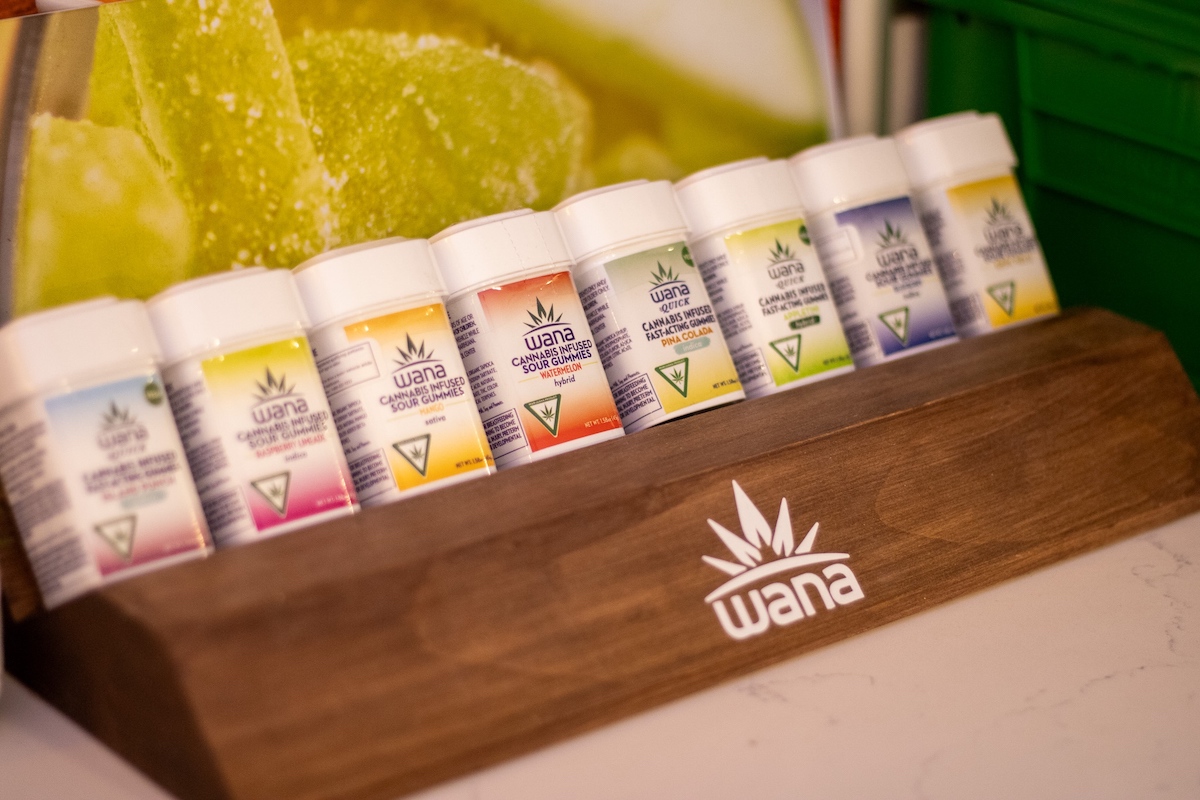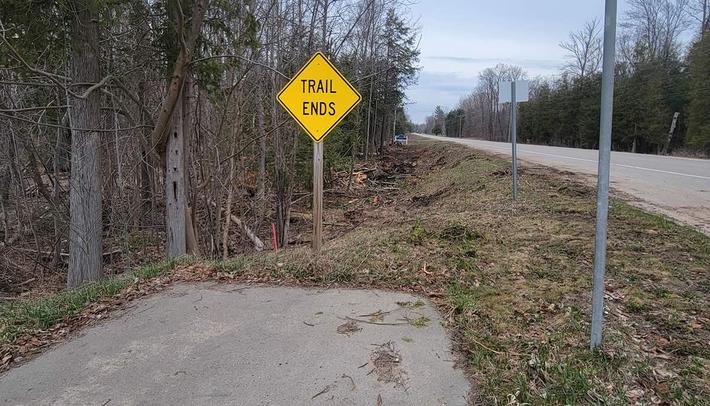
What’s Trending in Weed
Low prices, older users, edibles, and convenience products are driving the market
By Craig Manning | April 13, 2024
Cannabis culture is alive and well in Michigan.
According to the Michigan Cannabis Regulatory Agency (CRA), 2023’s marijuana sales averaged out to $305 in cannabis spending per Michigan resident, a higher per capita rate than any other state in the country. What are all those customers buying, and what will the next 6-12 months hold for the industry?
Higher Sales & Lower Prices
Michigan is a marijuana titan, at least if you look at the numbers. Per the CRA, Michigan’s cannabis sales during the 2023 fiscal year totaled $3.06 billion, up more than 30 percent from 2022’s $2.3 billion. That number makes the Mitten the second biggest state cannabis market in the country, after California, which did $5.1 billion in sales last year. (Illinois is a distant third, with just under $2 billion in 2023 sales.)
While some experts predict that Michigan’s marijuana sales acceleration will falter in 2024 due to market saturation, Mike DiLaura, chief corporate operations and general counsel for House of Dank, suspects there is still room for growth.
“January [2024] was up 17 percent, year-over-year; February was up 20 percent,” DiLaura tells Northern Express. “When you compare those numbers to other states at our level of maturity in the adult-use marketplace, usually, in these years, they start to slow a little bit. Colorado, California, Oregon, Washington—all of those markets ended up regressing as they got five to six years in. But we are still absolutely flying. It would not surprise me one bit if we hit $4 billion this year in sales across the state, and that’s in a market with lowering prices for the consumer.”
Speaking of lowering prices, William McKenzie, CEO of the Manistee-based Left Coast Holdings, says Michigan’s price compression problem is posing significant challenges for Michigan-based cannabis companies. It’s not uncommon, he notes, for marijuana operators in Michigan to run “really lean businesses,” with razor-thin profit margins on most products.
His company, which operates in both the retail space (with shops in Manistee, East Tawas, and Stanton) and in cannabis cultivation and processing, is able to make ends meet in part because most of that cultivation happens outdoors.
“Indoor cultivation is expensive to operate, in terms of cost per pound to produce,” McKenzie explains. That means astronomical overheads for indoor growers, and a tougher path to profit. “But for us, being outdoor cultivators, we can grow high-quality product inexpensively, and then we have Michigan’s huge market to sell it into.”
Despite the challenges it poses, price compression might also be the X-factor driving Michigan’s runaway train of cannabis success—for now, at least. According to Cannabis Business Times, the state’s average adult-use flower price saw a 78 percent dip between 2020 and 2023, from $419 per ounce to just $92 per ounce. (In the marijuana world, the word “flower” refers to the smokable part of the cannabis plant.)
While other states saw dips, they weren’t as sizable. In Illinois, for instance, the 2020-to-2023 drop was 35 percent, from $452 to $293 per ounce. As a result, Michigan now has a markedly more consumer-friendly cannabis market than most other parts of the country.
“Michigan has, I think, the lowest adult-use retail pricing in the United States,” McKenzie says. “And so, Michigan, as a consumer market, is just amazing. You can buy high-quality stuff—and lots of quantity—for really inexpensive prices.”
Michigan pricing is so tempting, in fact, that it’s drawing customers from far beyond the local markets.
“A lot of out-of-state people are coming up here and shopping with us,” says Ryan Greene, general manager of House of Dank’s Traverse City store. “A lot of people from Illinois travel up here and shop with us because their prices are higher in Illinois and they like our prices here.”
Demographics & Product Trends
Another factor driving growth in the Michigan market? An ever-growing slice of the demographic pie.
Per DiLaura, cannabis consumers now range from “your 21st birthday until you’re 90,” with an especially noticeable bump in the over-55 market. Increasingly, he says, retirees are “swapping out big pharma for cannabis because they don’t like the pills they’re putting in their body and are looking for an alternative to make them feel better.”
Eric Piedmonte, a co-owner of the Traverse City-based cannabis retailer Dunegrass, concurs with DiLaura, noting that northern Michigan especially is seeing a huge uptick of customers in the 40-60 demographic. “This idea that most people walking through our doors are 21-25 years old? That’s really not the case anymore,” he says.
The expansion into more mature age ranges is driving some of the biggest trends in cannabis right now. Older buyers, Piedmonte shares, are largely steering clear of some of smoking in favor of other consumption options.
“The idea about combustion and smoking things in general, that has a negative stigma attached to it,” Piedmonte says. “So, products that move away from that—more processed products like edibles and vape cartridges and concentrates—those appeal to a lot of individuals, especially older customers who are also new adopters.”
DiLaura agrees, noting that data from all 12 House of Dank stores shows an uptick in sales for “pot dots, low-dose gummies, or other edibles.”
It’s not just older buyers driving the popularity of those products, either. According to McKenzie, one of the big drivers in cannabis trends right now is a yearning for convenience. While
McKenzie says “flower remains king and still accounts for half the sales in the state,” he also notes that many buyers don’t want to deal with the extra step of rolling a joint or packing a bowl.
“Convenience in cannabis looks like pre-rolled joints; that sector has absolutely exploded and we sell tens of thousands of them every month,” McKenzie says.
But convenience can be a double-edged sword. “The other convenience product would be disposables,” McKenzie continues. “People are starting to call them all-in-ones, because the term disposable doesn’t sit well with a lot of people. The fact is, you’re basically throwing away a battery every time you buy one; it’s really not a very environmentally-friendly product. But at the end of the day, consumers drive the market, and because consumers want convenience, that means producers are going to put out convenient products like these all-in-ones.”
Another convenience product that could be primed for explosion: cannabis-infused beverages. Those products, Piedmonte says, started emerging on the market a year or two ago, but had issues around potency—“They’ve simply been dosed too high to be able to consume as an alcohol alternative,” he says. Perishability also made them a tough sell, as Piedmonte says, “It used to be that they were only shelf-stable for 30 days.”
Manufacturers are working out those kinks, figuring out ways to extend shelf life—such as by pivoting to powder-based beverages, a la Kool-Aid—and to make the drinks better tasting and less potent.
Piedmonte estimates it will still be a year or two for cannabis beverages to be truly viable on the market, but says they are “substantially better than they were a year ago.”
The Future
Will 2024 be Michigan’s first $4 billion year of cannabis sales?
For his part, McKenzie believes it’s possible: He points to the fact that many of the state’s municipalities still haven’t opted in on recreational cannabis, leaving untapped markets scattered all across both the Lower and Upper Peninsulas.
“I think it’s still only at like 30 percent [of municipalities that have adult-use ordinances],” he says. “So, there’s still a lot of growth coming in the retail sector.”
While internal factors indicate potential for continued market acceleration, McKenzie stresses that it’s important to look at external forces as well—specifically, the markets of nearby states.
In November, voters in Ohio legalized adult-use marijuana in that state, with the new law officially going into effect on December 3, 2023. Minnesota also joined the ranks of adult-use states last year, with recreational cannabis officially legal there as of August. Those legislative changes, McKenzie warns, could have an outsized impact on Michigan’s market dynamics.
“We have these retail stores in border towns like Sturgis, Michigan, where the population is only about 1,200 people, but the stores are doing $20 million, $30 million, $40 million apiece [in cannabis sales],” McKenzie says. “That’s versus the average store in Michigan, which is doing like $4 million. So, as we see Ohio come online and Minnesota come online, I think that’s going to have a significant effect on retail sales in Michigan.”
McKenzie adds: “We will still have much better product than they do, because we’re a mature market. And we have favorable pricing. So, if you live in Ohio and you’re within an hour of the border, it might still be worthwhile for you to make the drive and stock up in Michigan. But I do think we’re going to stop seeing the people driving four to six hours to shop in Michigan dispensaries. … And that’s going to affect our Michigan market.”
Trending

Walking in an Artsy Wonderland
Michigan Legacy Art Park is hosting the “Raindrops” artwork created by Dewey Blocksma and Patricia Innis at th... Read More >>
Seven Takeaways from Local Real Estate Agents for the Spring/Summer Market
The last few years in local real estate have been akin to what one local agent described as the “wild west,” w... Read More >>
Blazing the Boyne City to Charlevoix Trail
We’re getting ever closer to an interconnected northern Michigan thanks to ongoing work on the Boyne City to Charlev... Read More >>


